

Postion: Home > Our Service >

 Our Service
Our ServiceEnhanced durability, perfect aesthetics, and superior protection — upgrade your prototypes, models, and production parts with our expert surface finishing services.
Surface finishes are not just cosmetic. They are crucial for ensuring products resist corrosion, maintain functionality, and stand out in competitive markets.
✅ Corrosion and Wear Resistance
✅ Beautiful, Customizable Appearance
✅ Improved Functional Performance
Looking for finishing that wins customers at first glance and lasts for years? Our professional surface finishing team has delivered top-quality results across automotive, aerospace, electronics, and industrial sectors — on time and within budget.
E-MAIL: info@hms1688.com
From simple cleaning and sanding to complex multi-stage finishes for high-demand prototypes and production runs, we deliver tailored solutions that meet your specific needs.
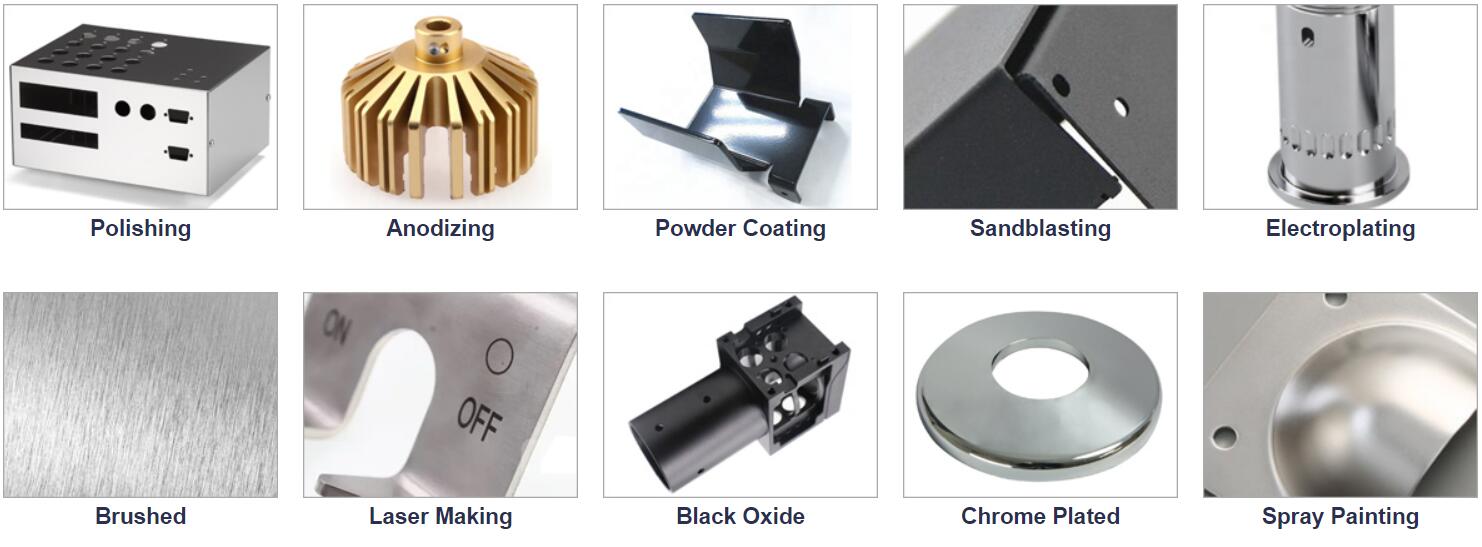
Apply a robust metal layer through electrolytic deposition for enhanced corrosion resistance, conductivity, and decorative appeal.
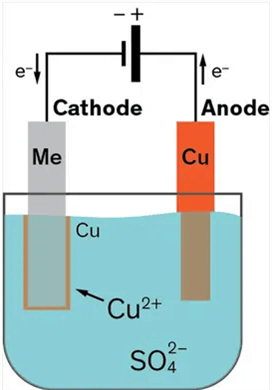
Create a hard, corrosion-resistant oxide layer on aluminum or titanium parts, with the option for vibrant, wear-resistant color finishes.
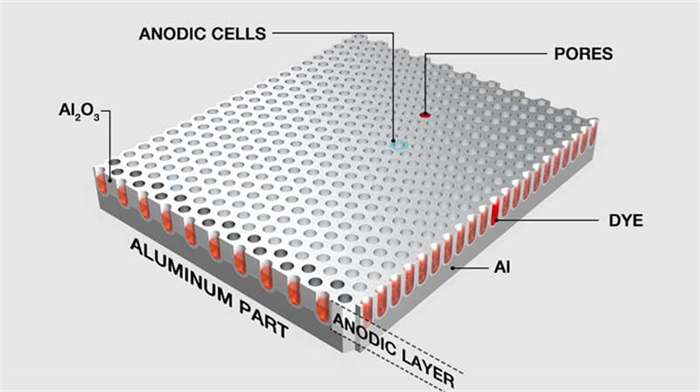
Achieve a smooth, matte surface by blasting parts with fine beads — ideal for cleaning, preparation, and aesthetic upgrades.
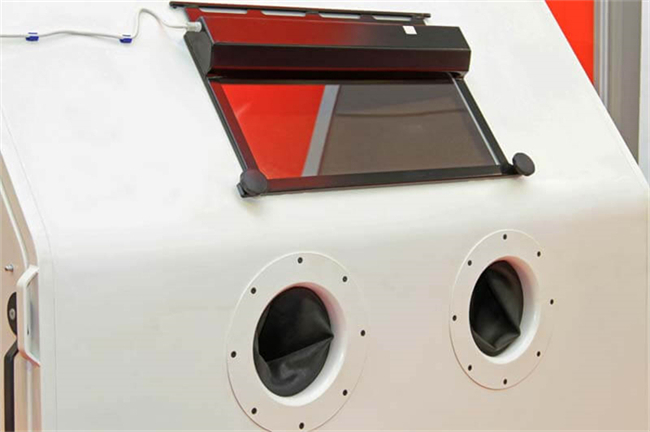
Spray and bake a durable powder paint onto parts, offering outstanding resistance to chips, scratches, and fading — available in endless textures and colors.
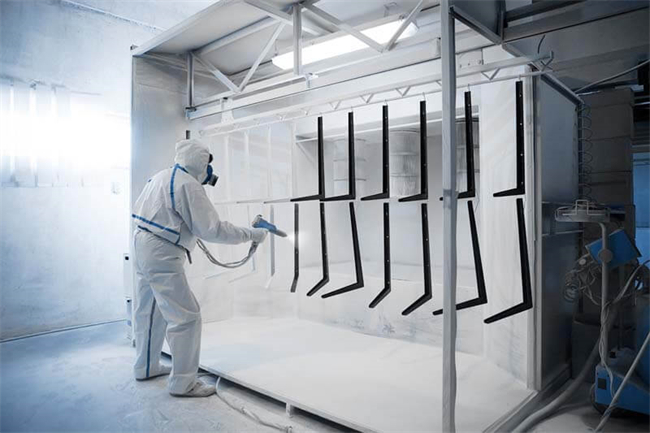
Deliver flawless, reflective surfaces that enhance the premium feel of your high-end products.
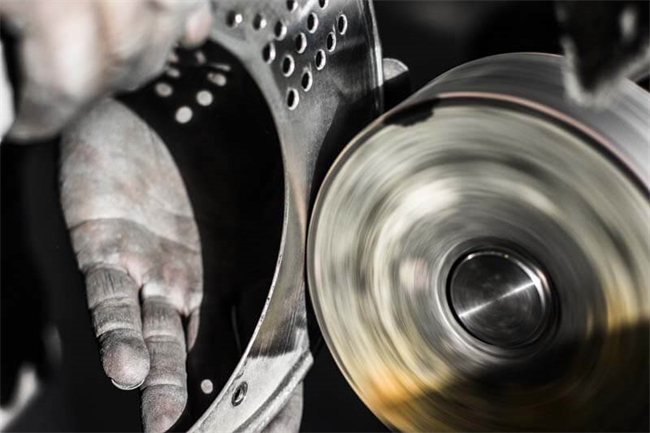
Apply a uniform textured pattern for stylish designs and enhanced surface grip — ideal for electronics, appliances, and industrial components.
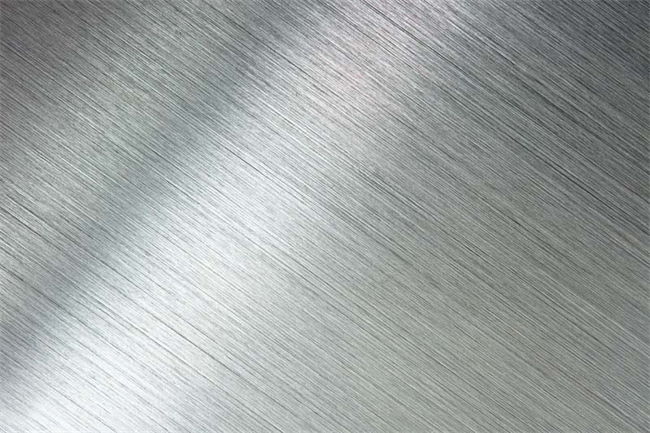
We take your confidentiality seriously. We are ready to sign NDAs to ensure your drawings, specifications, and project details remain 100% protected.

Contact us and just send us your drawing (SolidWorks,ProE,CAD,PDF,DXF...)
Links: Metal Stamping Services | Sheet Metal Fabrication Services | precision cnc machining and milling services | Metal Welding Services | metal Cutting Services | Metal Bending Service | Sheet Metal Enclosure Fabrication | Surface Finishing |